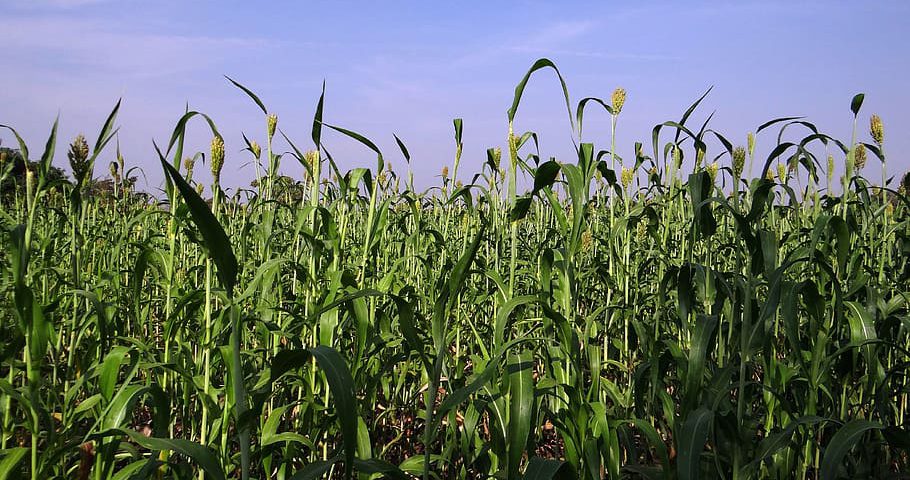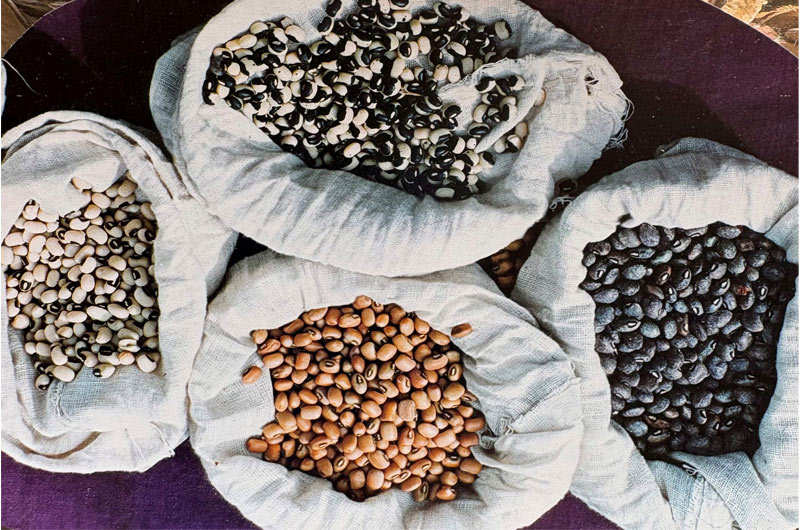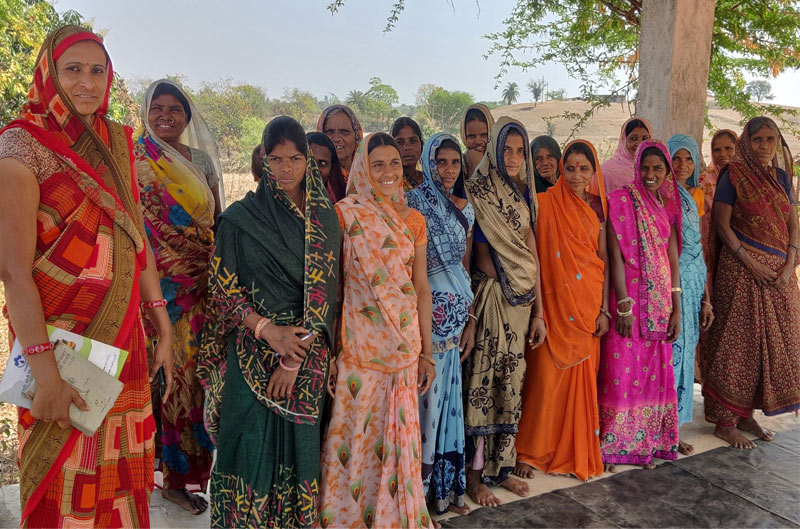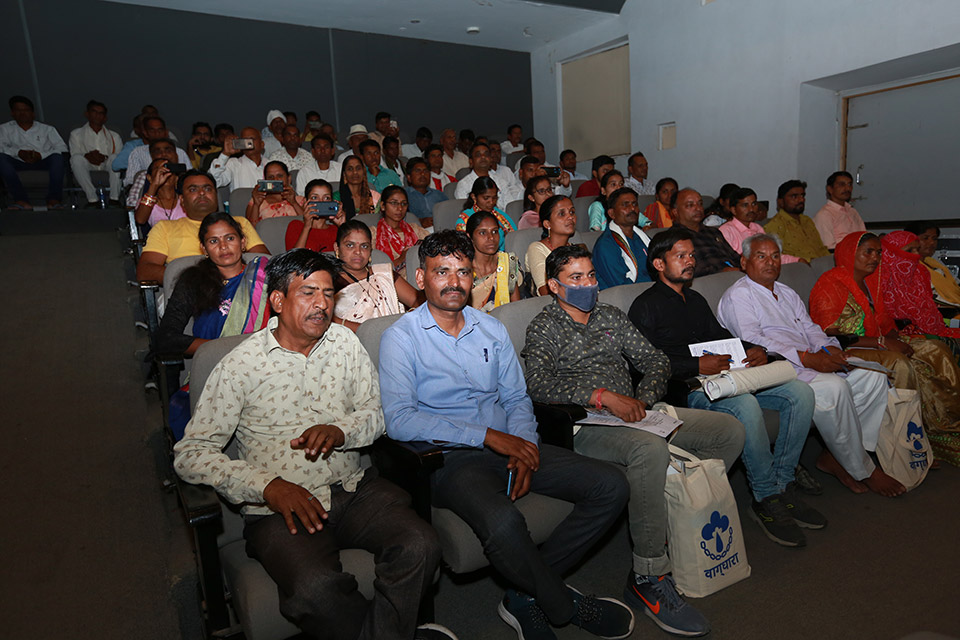
Farmers, NGOs & agriculture experts came together to save & promote natural farming
May 12, 2022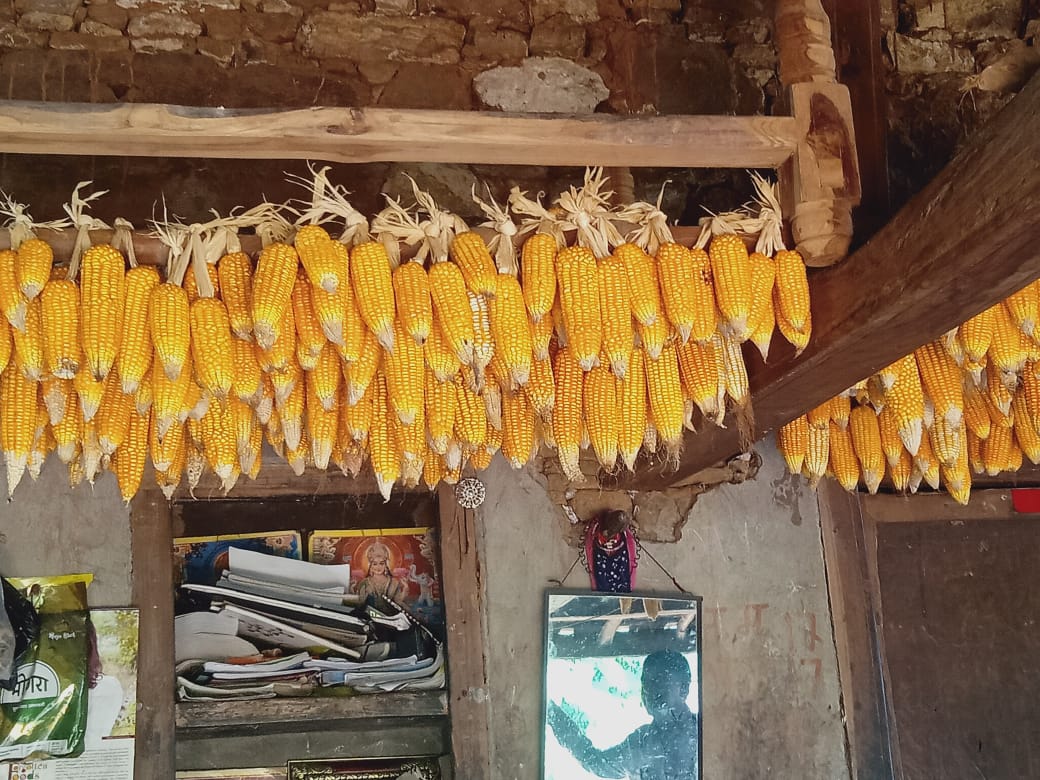
Tribal women are using indigenous seeds to fight climate change & sustain their livelihood
May 25, 2022Farmers’ distress is at an all-time high in India, so it is even more important to develop such a model or structure that will boost soil productivity and generate profit. While developing a model, one would need a lot of brainstorming, but there already exists a model in the tribal community of Rajasthan, which offers a solution to the existing problems.
Farmers residing here focus on three major seasons; Rabi, Kharif, and Zaid. For all those who have less knowledge about the zaid season, let us tell you that this season comes around February to May. This season is important as it fulfills the required nutrition of the soil to a great extent and besides, helps farmers to enhance their income.
For zaid, moong is cultivated that fulfills the required nutrition as they are rich in protein. Besides, the residue of moong is used as animal fodder.
Explaining the importance of the zaid season, Dr. Pramod Rokadia, an Agriculture scientist shared that zaid crops are appropriate for dry summer. The plantation of this crop starts in February and lasts till May. The benefit of planting zaid crops is that the soil gets ready for the next cropping season kharif’. “Zaid crops enhance the physical conditions of the soil, fix nitrogen, and increase nodulation.”
Echoing the same thoughts, Pancha Bhai Patel, another agriculture expert said the tribal belt of Rajasthan is popular for the three seasons, and zaid is an important cropping season in terms of enhancing soil fertility and fixing atmospheric nitrogen, and preparing the soil for the next cropping season. “Zaid crop acts as a natural soil nutrition enhancer.” He added, this year tribal farmers have done ample moong cultivation and a good harvest is expected.
It is to be noted that India is one of the world’s largest producers/consumers of pulses. Countries like Canada, America, Australia, Myanmar, and Turkey usually keep a check on the pulses production in India.
Subscribe to our newsletter!


